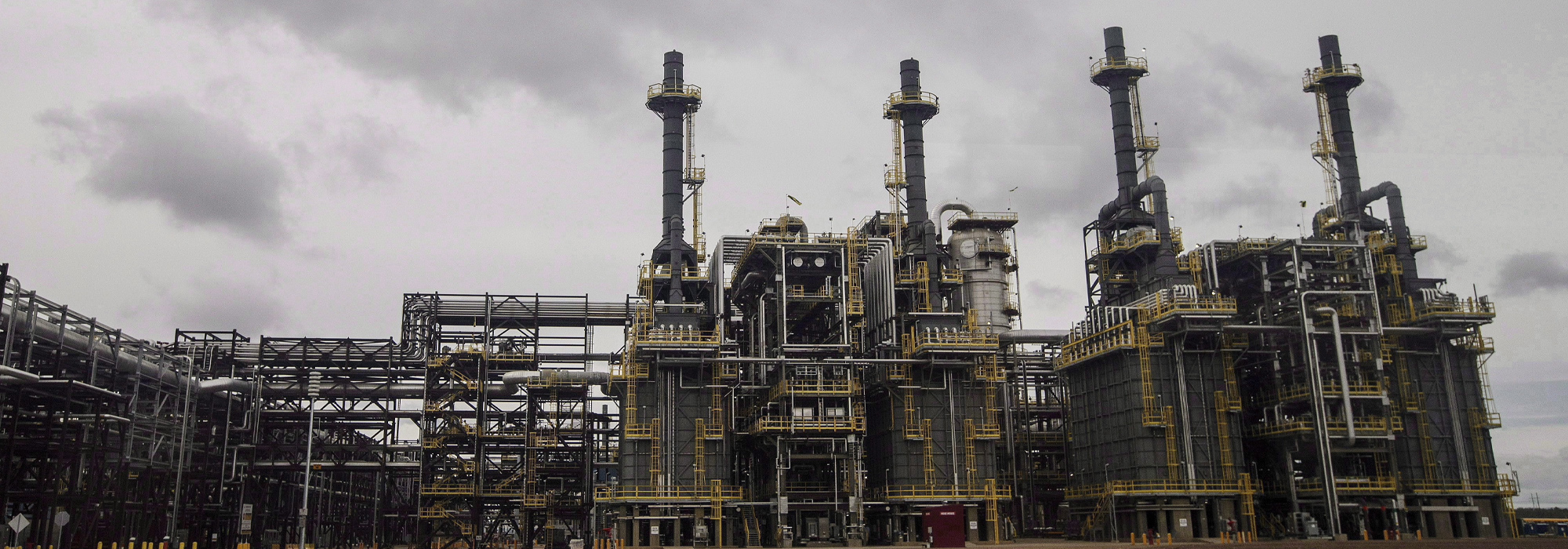
When we talk about building back better in Canada after COVID-19, we often focus on how to do this by spending money. Civil society groups publish open letters calling on leaders to carve out room in recovery packages for renewable energy projects or conservation initiatives. Task forces are coming together to submit recommendations on how the government can grow its economy and create jobs while reducing greenhouse gas emissions. But, without green strings attached, economic relief and stimulus could set Canada on a dangerous path making it even harder to change course down the road.
This advice on how to spend public money to create a more resilient, sustainable society is invaluable and deserves attention. However, what’s getting lost is how we can achieve the prosperous, low-carbon future not only by funding efforts to go green but by stopping the flow of money to unsustainable fossil fuels.
New research shows that Canada continues to provide large amounts of support to fossil fuels, to the tune of $14.3 billion US a year, mostly in the form of public finance. This is channeled toward oil and gas exploration, production, refining and transportation – both domestically and internationally. In fact, our government spends more money per unit of GDP supporting fossil fuel production than any other G20 OECD member country.
The same study shows that Canada is also doing very little to change this. Despite progress on moving away from coal, it has actually increased its overall support to fossil fuels by 12 per cent relative to 2014–2016, placing the country down in last place amongst G20 OECD countries when it comes to making progress on phasing out support for fossil fuels.
So while it’s been reassuring to hear tangible commitments from our leaders in terms of new investments in a low-carbon economy, including in the speech from the throne, there’s a high risk that the benefits of such funding will be offset as our government promotes sustainable development with one hand while subsidizing high-polluting fuels with the other.
How can we put on the brakes? One way is by making changes at Export Development Canada (EDC), Business Development Canada and the Canada Development Investment Corporation. These institutions represent the three main vehicles for providing loans and guarantees to businesses in response to the pandemic. That includes credit support to fossil fuel production and other high-carbon industries.
Transparency on spending by these institutions is low, and there is little information so far on the recipients of COVID-19 relief or the types of conditions that will (or will not) be applied to make sure our recovery gets us on the right path.
Most importantly, we need to ensure all public finance institution spending is in line with a just transition and green recovery. That includes making sure EDC’s climate policy aligns with limiting global warming to 1.5 degrees, with better steps to shift investments away from oil and gas. We also need more transparent reporting from all public finance institutions to be able to assess the levels of money going to oil and gas firms, including from COVID-19-related spending.
In tandem with addressing these issues, our leaders must take a more holistic view of fossil fuel subsidies and accept globally adopted definitions of what they include. This means counting tax breaks and funding given specifically to oil and gas production as subsidies, even for emissions reduction projects. At the end of the day, all these subsidies lower the cost of producing fossil fuels, giving them an unfair advantage when we need to be rapidly transitioning to renewables.
Meanwhile, the federal government should be engaging more often, and more meaningfully, with the provinces on subsidy reform and fossil fuel support phase-out. Much of Canada’s subsidies and COVID-19-related support for fossil fuels is happening at the provincial level. There is a serious need to increase provincial action and inter-provincial collaboration on shifting finance away from fossil fuels.
Finally, a commitment that would be equally as important as the investments listed in the throne speech is a concrete pledge to include fossil fuel subsidy reform in Canada’s Nationally Determined Contribution (NDC) to the United Nations Framework Convention on Climate Change under the Paris Agreement. The government is already developing a new climate plan and is scheduled to deliver a new NDC before next year’s global climate conference, Conference of the Parties (COP 26). A new NDC will clarify Canada’s emissions reduction targets and the steps we are taking to meet them.
These steps combined will put us on the right path to a resilient, just and green future. How we spend COVID-19 recovery funding, as well as how we redirect current spending, will shape our economy and climate for many years to come. Let’s be certain we are taking the full picture into account.
Photo: A processing unit is shown at Suncor Fort Hills facility in Fort McMurray, Alta., on September 10, 2018. THE CANADIAN PRESS/Jason Franson.









